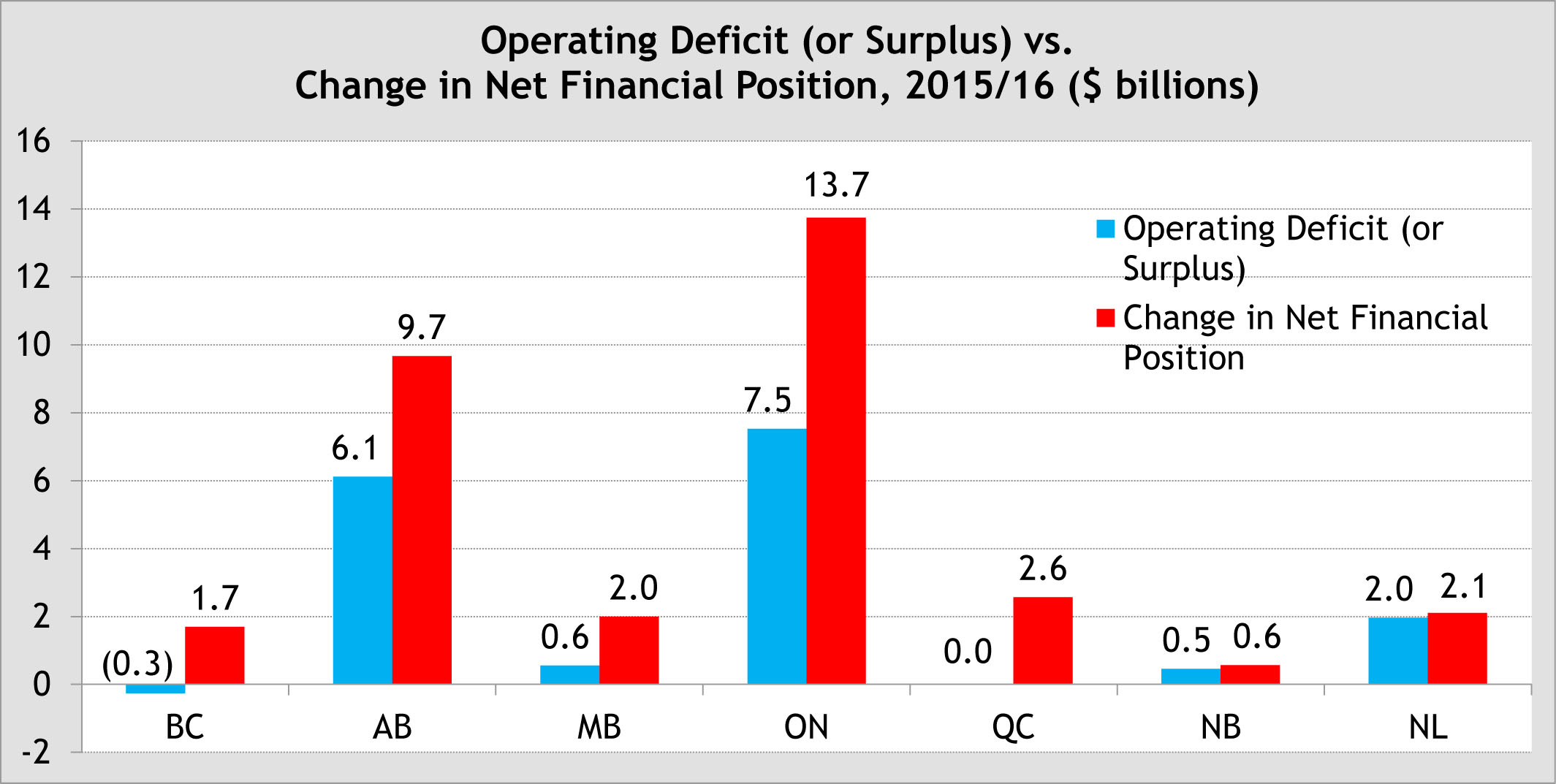Government debt—more than meets the eye
Budget season is nigh. Provincial governments across Canada will soon table their budgets, with headlines focused on the operating budget balance—whether the government runs a deficit or surplus. But government debt can grow under the radar due to the critical distinction between an operating budget and a capital budget.
When we hear a government will incur a deficit, this reference is often to the operating budget—the difference between the annual revenue the government collects and the money it spends on day-to-day expenses such as the salaries and pensions of government employees. This number attracts most of the attention.
But when a government borrows to pay for capital spending (building roads, schools, hospitals), it typically records only the annual interest payments and amortization expense in the operating budget. The capital budget is where the province borrows money to pay for its long-term infrastructure spending.
While this accounting process helps spread the cost over many years, it can disguise the amount of money governments add to their debt burden in a particular year. Ultimately, governments can add more debt to their books for capital projects than the operating deficit announced in the budget.
The chart below compares the planned operating deficits for several provinces to the change in each government’s net financial position. Net financial position is a measure used by governments to track the net change in financial assets and debt on a regular basis. It’s often referred to as “net debt.” The chart presents the latest government projections for the 2015/16 fiscal year. (Saskatchewan, Nova Scotia and P.E.I. are excluded due to a lack of up-to-date information on the projected change in net financial position.)

For every province included in the chart, a gap exists between the operating deficit and the change in net financial position. The difference is proportionally largest in Manitoba, where the $2.0 billion deterioration in the financial position is three and a half times the government’s $550 million projected operating deficit.
Consider the situations in Ontario and Alberta—two provinces with ambitious multi-year capital plans. The Ontario government has committed to spend more than $130 billion over 10 years while the Alberta government plans to spend $34 billion over five.
In Ontario, the projected operating deficit for 2015/16 is $7.5 billion but the change in net financial position is $13.7 billion—a difference of 83 per cent. A key reason the net financial position of the province worsens by more than the announced $7.5 billion deficit is that capital spending is being financed by debt. In Alberta, the difference between the government’s projected operating budget deficit ($6.1 billion) and change in net financial position ($9.7 billion) is 58 per cent.
British Columbia and Quebec stand out as the only provinces expecting balanced budgets this year. Despite this, both governments project an increase in net debt (again, in part because of debt financed capital spending). B.C.’s net debt is projected to increase by $1.7 billion despite a $277 million surplus while Quebec’s is projected to increase by $2.6 billion despite a balanced budget.
With budget season on the horizon, the headlines may mask the magnitude of growth in government debt, which has both short- and long-term consequences. The true state of government finances is likely gloomier than what the headlines suggest.
Authors:
Subscribe to the Fraser Institute
Get the latest news from the Fraser Institute on the latest research studies, news and events.


